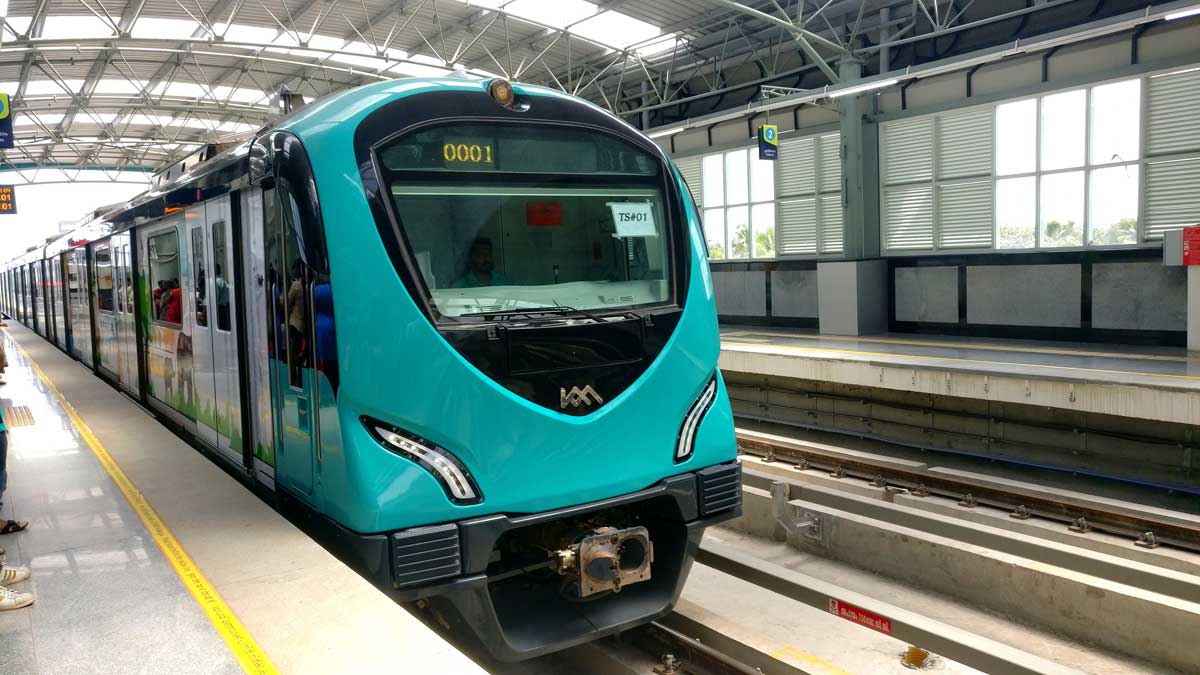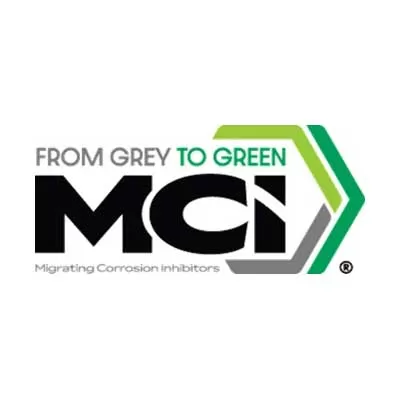
Varanasi Metro project speeds up with comprehensive DPR development

Cortec MCI Unveils Updated Branding for Versatile and Modern Identity
Cortec® is excited to announce a refreshed brand identity for its MCI® (Migrating Corrosion Inhibitor™) product line, modernising its visual presentation while maintaining the core elements that have made MCI® a trusted name in corrosion protection for over 30 years. Preserving What Matters: “From Grey to Green™” At its core, the MCI® brand remains committed to its mission: extending the service life of concrete structures while offering an environmentally responsible alternative to traditional corrosion inhibitors. The familiar “From Grey to Green™” tagline continues to re..

Arvind SmartSpaces sells 200 plots at Arvind The Park
Arvind SmartSpaces Limited (ASL), one of India’s leading real estate development company, announced that it has sold out the entire launched inventory of its residential plotted development project, Arvind The Park in Devanahalli, Bengaluru, at the launch. It consisted of 200 units valued at over Rs 1.80 billion. Arvind The Park is the ideal place for those seeking a luxurious lifestyle, replete with an opulent, executive-level golf course. The project customers will also get a membership of Monogram by Arvind Lounges and Resorts, a fully integrated resort offering various amenities includ..

Gudi Padwa Offer on Nearing Possession Homes at Omkar Alta Monte
In celebration of Gudi Padwa, a limited-time offer has been announced on nearing possession homes at one of Malad’s most prestigious residential developments Omkar Alta Monte, located on the Western Express Highway (WEH). Homebuyers can take advantage of this exclusive opportunity to save up to ?6 lakhs on bookings made before Gudi Padwa day. Omkar Alta Monte project boasts luxurious 2, 3, and 4 BHK apartments, with a capacious 3 BHK unit starting at ?3.26 crore. The apartments come with a carpet area of 933 sq ft offering the perfect blend of comfort, luxury, and convenience. The homes are..














